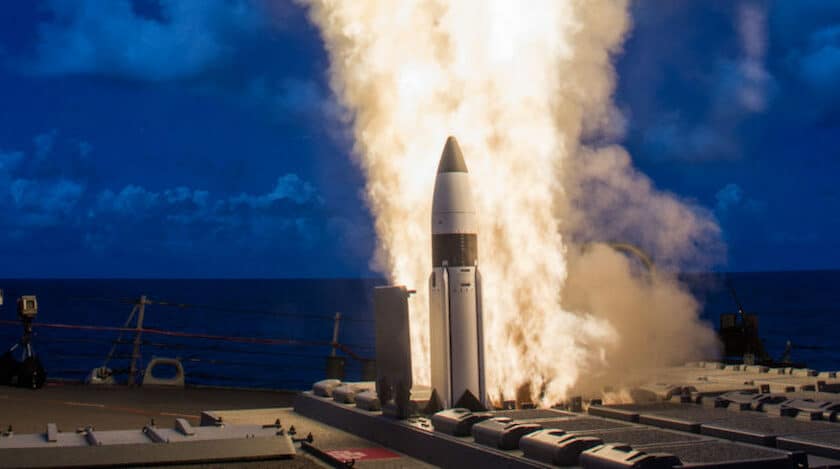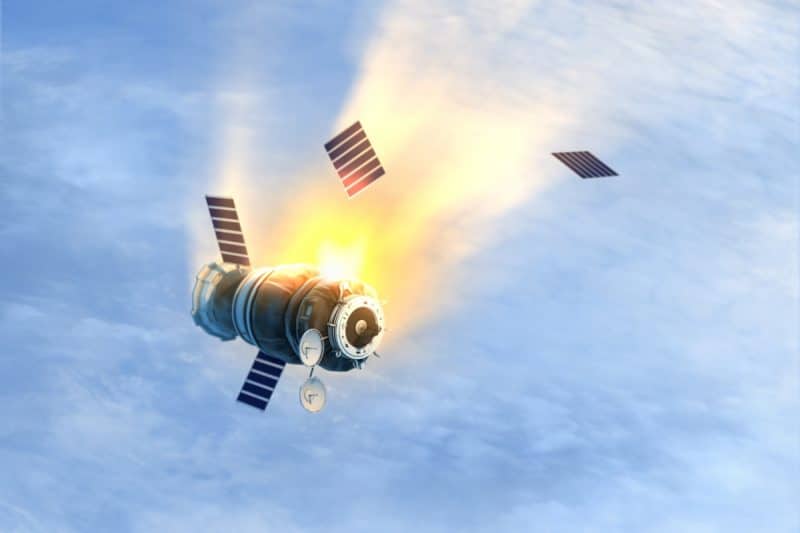On November 15, 2021, Russia destroying the Kosmos-1408 satellite using an anti-satellite missile, causing nearly 1500 pieces of debris to be released into a busy orbit, including by the International Space Station. Since the 60s, no less than a dozen successful tests have been carried out by the United States, the Soviet Union / Russia, China and India in this field, creating more than 6500 pieces of space debris of which 4500 are still in orbit, threatening both civil and military satellite constellations. For Kamala Harris, the American vice-president, it was now necessary to put an end to this escalation, including, something rare for the United States, by setting an example. So this morning, the White House has announced the end of all tests of anti-satellite systems in the United States, therefore walking the talk, while tensions with Russia and China are at their highest, and that the Pentagon was engaged in the development of such a weapon, the demonstration of which was due to take place soon.
The last American test took place on February 21, 2008, when a modified SM3 anti-ballistic missile launched from the AEGIS cruiser USS Lake Erie destroyed a defective American spy satellite 245 km above the Pacific. Previously, an F-15 equipped with an ASAT ASM-135 missile destroyed the P13-1985 Solwin satellite on September 78, 1, during a single test of this weapon. China, for its part, demonstrated its ASAT capabilities for the first time on January 11, 2007, when an SC-19 missile destroyed the FY-1C weather observation satellite at an altitude of 865 km. Since then, the country has developed other systems, including the specially designed Dong Neng-3 missile. India also proceeded in 2019 to the destruction of a satellite moving at an altitude of 300 km during Operation Shakti, creating 270 pieces of debris in low orbit. The Israeli anti-ballistic system Arrow 3 is also potentially capable of intercepting and destroying satellites moving in low orbit.

The fear for the American administration is that, under the guise of tests, the destruction of satellites will trigger Kessler syndrome, named after a NASA consultant, Donald Kessler, who studied the effects of a reaction in chain linked to the destruction of satellites leading to the multiplication of space debris, themselves damaging and destroying other satellites, to the point of no longer being able to maintain an operational satellite at the altitudes concerned, and potentially making space exploration impossible . What is more, the higher the altitude of the destroyed satellites, the longer the debris will remain in orbit before being grabbed by Earth's gravity, going from a few years for a satellite moving at 300 km to several decades, or even several centuries to 800 km altitude. In addition, the destruction of a satellite by an ASAT weapon projects debris not only at the altitude at which the satellite was flying, but over a wide range of altitude, making it very difficult to anticipate the trajectories of debris during a destruction.

75% of this article remains to read,
Subscribe to access it!
The Classic subscriptions provide access to
articles in their full version, and without advertising,
from 6,90 €.
Newsletter subscription
Register for the Meta-Defense Newsletter to receive the
latest fashion articles daily or weekly


[…] […]